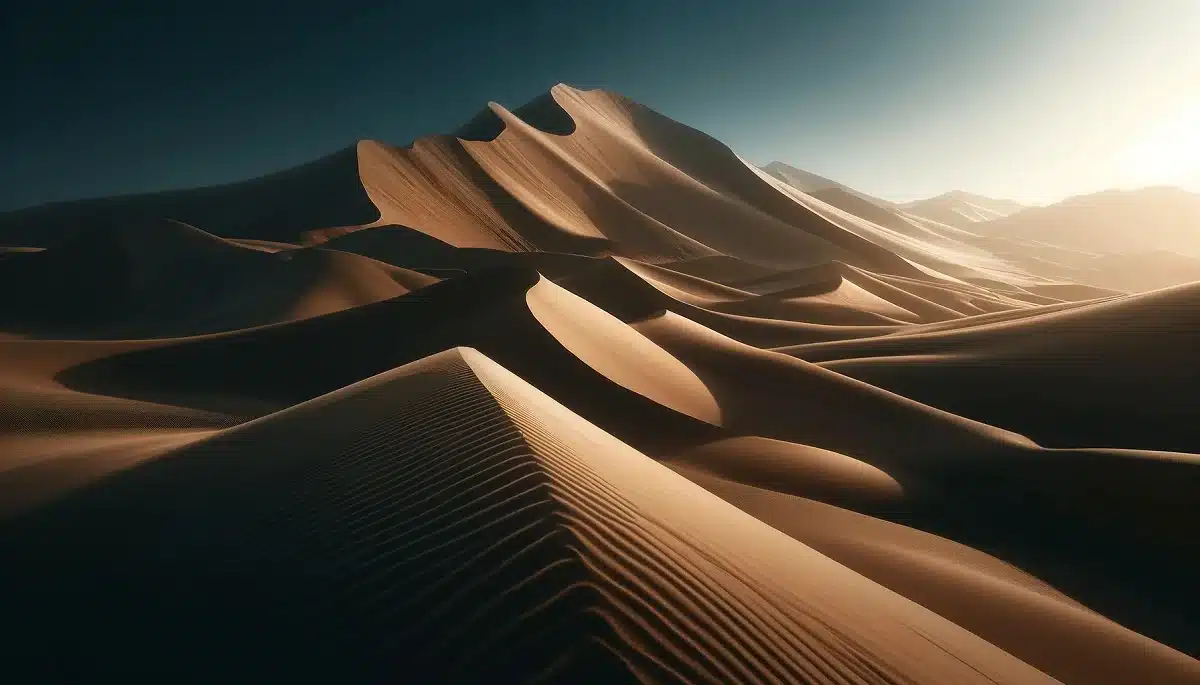Dunes: Nature’s Sand-Made Masterpieces
Dunes are recognized as natural topographic structures formed by the accumulation of sand grains under the influence of the wind. These natural marvels can be found in a variety of places, from desert environments to coastal strips, and they create some of the most striking landscapes on our planet. In this article, we will explore what dunes are, how they form, and their significant characteristics.

Formation of Dunes
The formation of dunes is fundamentally related to wind erosion and accumulation. The wind carries sand grains and deposits them in places where dunes are formed. Factors influencing dune formation include the speed and consistency of the wind, the availability of sand, and the presence of vegetation. Dunes are typically seen in areas where sand is abundant and the wind blows regularly, especially in deserts and along coastal strips.
Types of Dunes
Dunes vary in shape and size. Some common types of dunes include:
- Barchan (Crescentic) Dunes: Resembling the crescent shape of the moon, these dunes form in areas where the wind blows consistently in one direction. Their tips curl in the direction opposite the wind.
- Star Dunes: Formed by winds blowing from multiple directions, they have a peak with arms stretching out in various directions.
- Coastal Dunes: Form on sea or ocean shores, where the wind blows from the sea towards the land.
- Linear Dunes: Form in places where the wind blows from two or more directions, creating long and straight lines.
Ecosystem of Dunes
Dunes are not just impressive natural structures; they also host unique ecosystems. These ecosystems contain specialized plants and animals adapted to harsh conditions. Dune plants typically have long root systems, allowing them to access water and stabilize the dunes. Dune animals are usually nocturnal, avoiding the hot surface temperatures of the sand.
Humans and Dunes
Human activities play a significant role in the conservation and management of dunes. While some dunes have become popular tourist destinations, others are threatened by mining or agriculture. The preservation of dunes is crucial for protecting these unique natural structures and the biodiversity they harbor.
Conclusion
Dunes are among the most fascinating natural phenomena on our planet. These dynamic natural structures offer visually impressive landscapes and host unique ecosystems. The conservation of dunes is vital for preserving our natural heritage and the health of the planet. By respecting and protecting dunes, we can pass on nature’s unique gift to future generations.